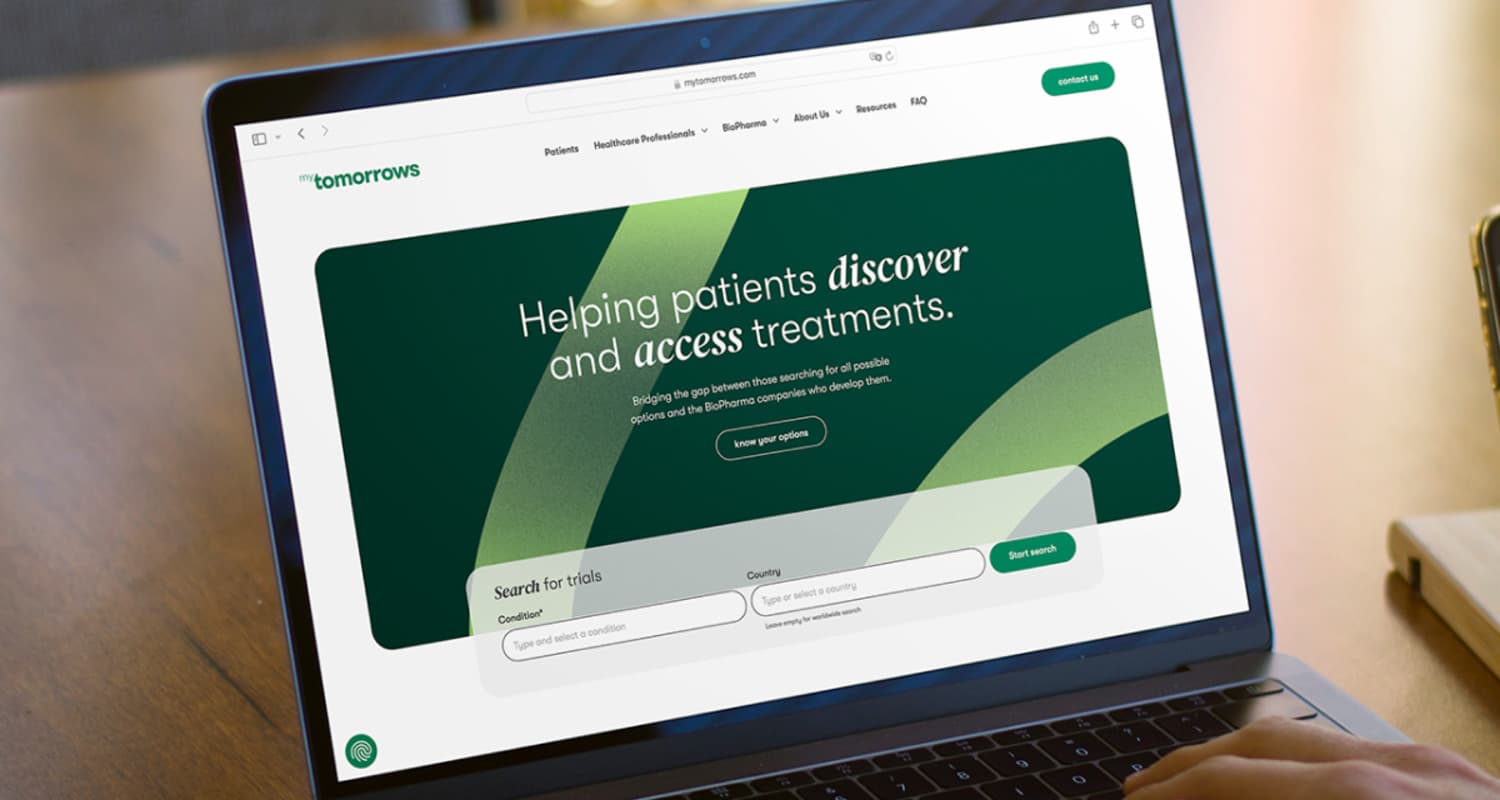Case StudyEnabling Team: Defining Good - Enhancing Team Performance with Clear Role Definitions
myTomorrows, a company dedicated to providing access to treatments for patients with unmet medical needs, faced challenges in managing its design team. The main issues included unclear roles, ambiguous career progression, and underutilization of individual strengths. These problems resulted in inefficiencies, low morale, and a lack of alignment between team efforts and organizational goals.

The Solution
myTomorrows implemented a strengths-based approach to defining roles and career paths within their design team. The strategy included several crucial steps:
- Strengths Assessment: The first step was to assess the strengths of each team member. Using strengths-based assessments, they identified individual capabilities and areas where each member excelled.
- Role Definition Based on Strengths: Roles were redefined to align with the strengths of team members. This ensured that each person was positioned to leverage their unique skills and contribute effectively to the team's objectives.
- Career Path Framework: A clear career path framework was developed, detailing the progression opportunities within the design team. This framework included specific criteria for advancement, aligned with the strengths and contributions of each role.
- Personal Development Plans: Each team member received a personalized development plan, outlining the skills and experiences needed for career progression. These plans were tailored to individual strengths and career aspirations.
- Regular Feedback and Coaching: Implementing a system of regular feedback and coaching sessions helped team members stay on track with their development plans. These sessions provided guidance, identified areas for improvement, and celebrated successes.
- Leadership Training: Leadership within the design team was trained on strengths-based management techniques. This training helped leaders effectively support and develop their team members, fostering a positive and productive work environment.
Outcomes achieved
The focus on role clarity and career paths based on strengths led to several significant improvements at myTomorrows:
- Enhanced Role Clarity: Clearly defined roles based on individual strengths ensured that each team member understood their responsibilities. This clarity reduced confusion and overlap, leading to more efficient workflows.
- Increased Job Satisfaction: Aligning roles with individual strengths and providing clear career paths increased job satisfaction. Team members felt valued for their unique contributions and were motivated by transparent advancement opportunities.
- Improved Performance: Leveraging individual strengths resulted in higher quality work and improved team performance. Team members were more engaged and productive, as they were working in areas where they excelled.
- Targeted Skill Development: Personalized development plans and regular coaching enabled targeted skill development. Team members were able to focus on areas that would enhance their strengths and support their career progression.
- Stronger Team Cohesion: The strengths-based approach fostered a sense of cohesion and mutual respect within the team. Team members appreciated and leveraged each other's strengths, leading to better collaboration and innovation.
- Alignment with Organizational Goals: By aligning individual strengths and roles with the company's objectives, the design team contributed more effectively to myTomorrows' mission. This alignment ensured that team efforts were directly tied to achieving the company's goals.
